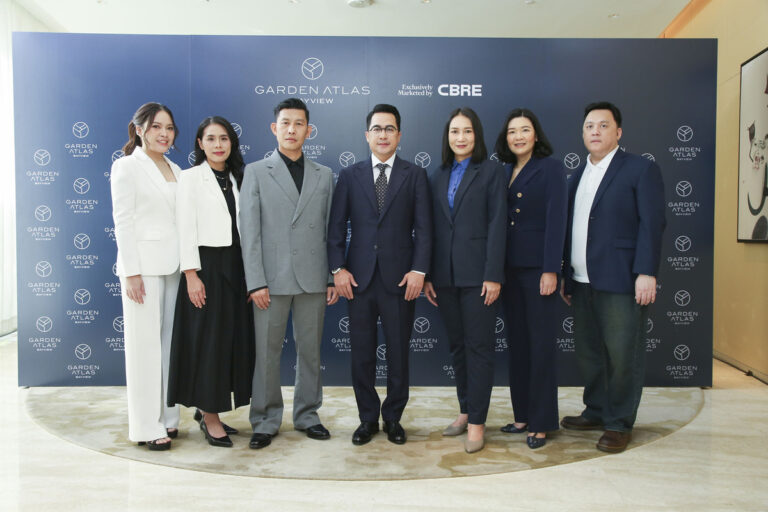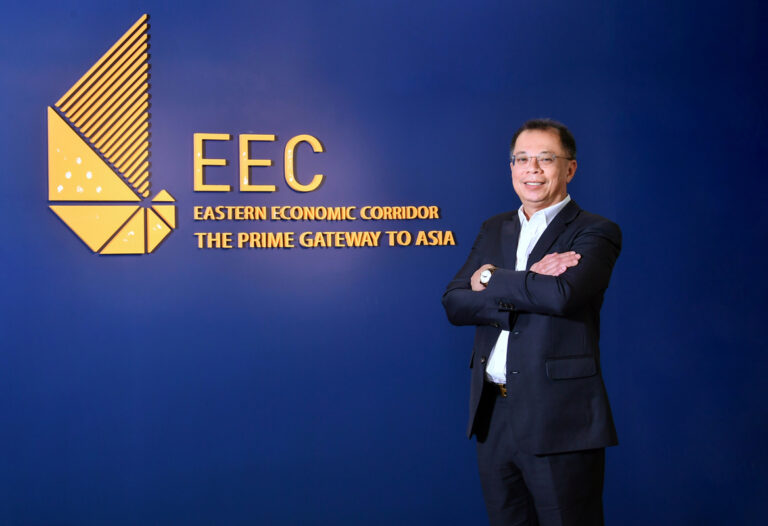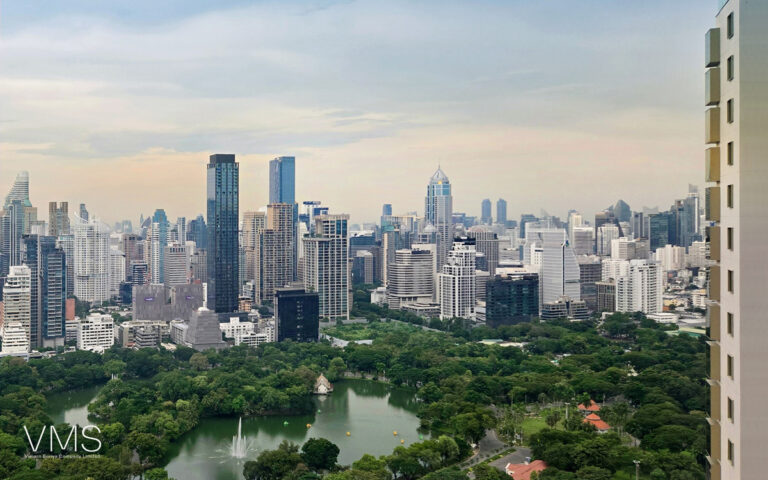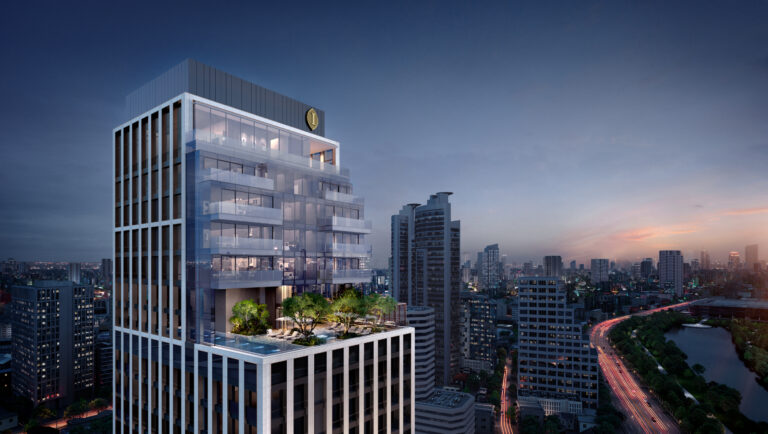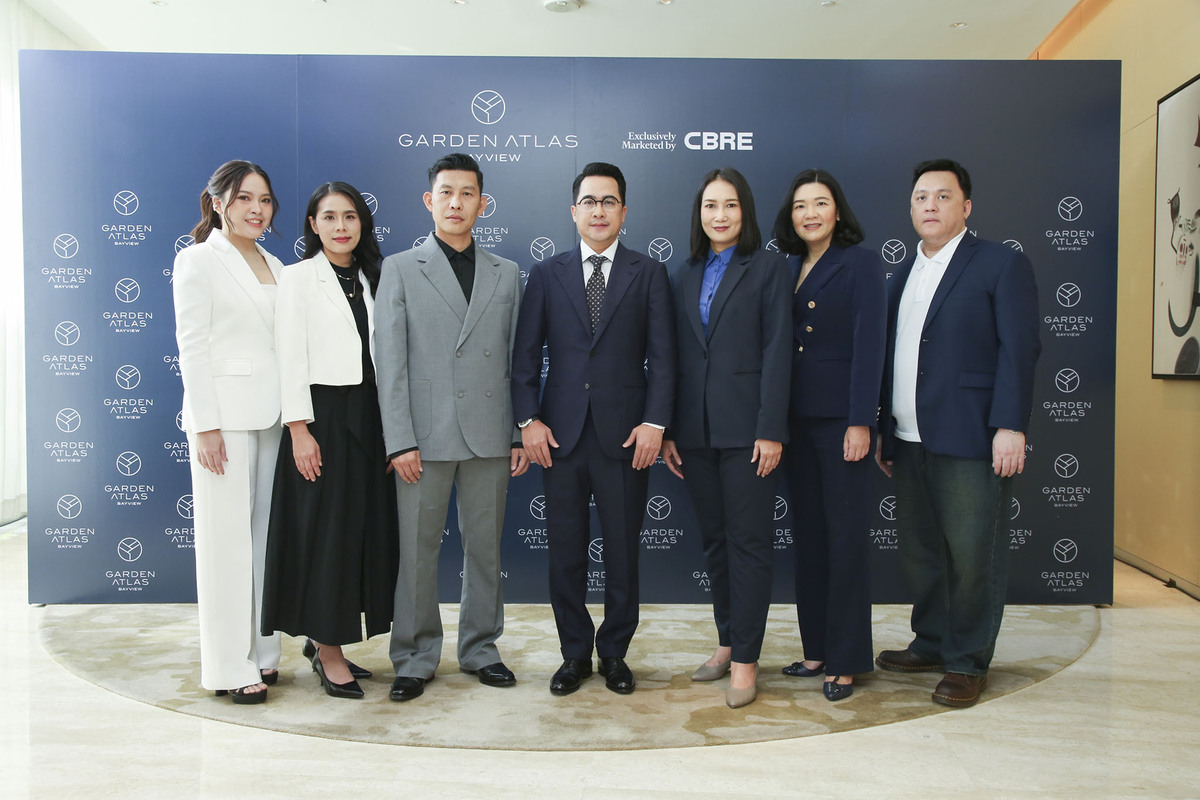Southeast Asia attracts real estate investor and occupier interest as fundamentals line up
– Regional growth forecasts reflect strong business sentiment
– Business process outsourcing / shared services expected to continue driving Philippines office activity
– China Plus One, growing intraregional trade volumes drive manufacturing and industrial activity.
Southeast Asia is likely to continue attracting attention from multinational occupiers and investors as its strong growth forecast, demographic tailwinds and comparatively low cost base position the region for increased real estate activity.
According to Moody’s, the region’s average GDP growth is forecast at 4.7 percent in 2024, compared to 2.3 percent in the United States and less than 1 percent across the euro zone.
Speaking at the CoreNet Global Summit in Kuala Lumpur recently, Cushman & Wakefield’s Head of Global Occupier Services for Asia Pacific, Cameron Ahrens, said:
“Southeast Asia’s comparatively strong GDP forecast has made it a bright spot in the global economy. For office occupiers, the growing acceptance of new working styles combined with the cost constraints of a higher interest rate environment bodes well for lower-cost and emerging markets in Southeast Asia.”
Ahrens said that within the region, each market had its own value proposition.
“Singapore’s business-friendly environment and deep talent pool continues to attract multinational companies as a location from which to base their regional or even global headquarters; Manila also has a booming office sector thanks to its significant proportion of shared service centres, or business process outsourcing offices.
“The manufacturing and logistics sectors are also key drivers of real estate activity in the region by multinationals. Thailand remains a favoured destination for the auto industry and Vietnam attracts technology manufacturing from companies including Samsung, while Malaysia continues to incentivise investments in high-value manufacturing such as electric vehicle and semiconductor manufacturing.”
In Indonesia, foreign direct investment increased 13.7 percent year-on-year in 2023, driven largely by the base metal and mining industries and the electric vehicle industry’s demand for nickel, a key ingredient in EV batteries.




